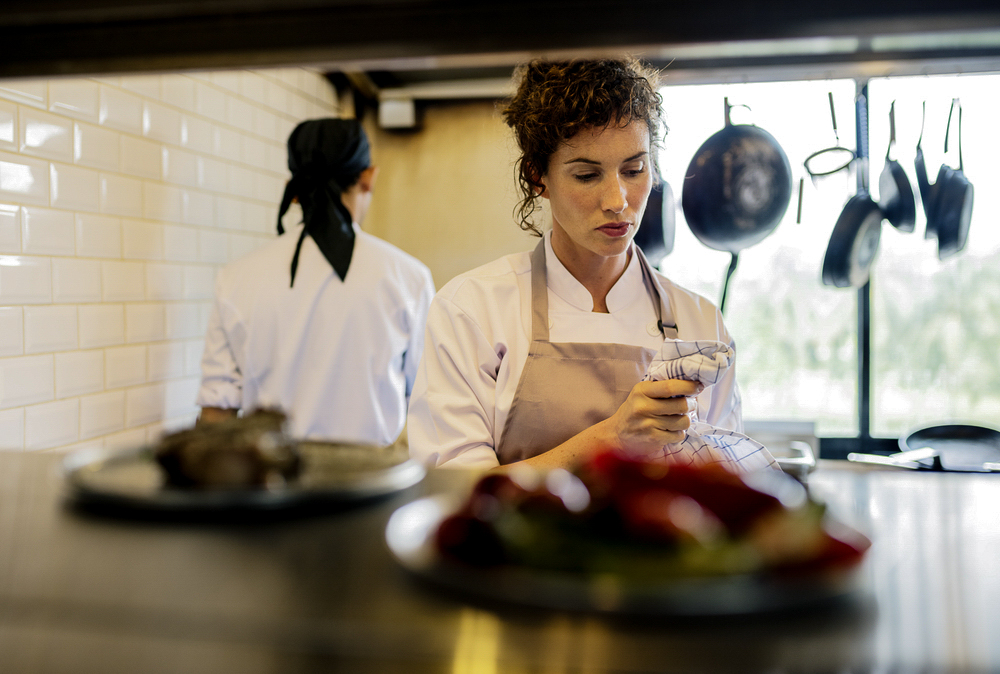
People find drinking coffee pleasurable for different reasons. For some it is a reward after finishing off pressing tasks, while others find delight in the social aspects of meeting for a coffee. Obviously, they all also enjoy the taste of the coffee, but usually without paying too much attention to the components or elements of the taste they experience.
Being able to assess the five elements of tasting coffee is an essential skill for baristas to develop, both novice and professional. It is a skill that will allow you to better describe the flavour of the coffee to customers. But it will also allow you to detect how the freshness, roast, and brewing method influence the quality of the coffee you are serving. Let’s look at what these elements are and how each determines the quality of the coffee.
Sweetness
There is a natural sweetness to great coffee, as long as you are using Arabica and not Robusta beans, and they have been roasted properly. It comes from the sugars present in the beans caramelising during the roasting process, resulting in a sweetness that compares to honeys, maple syrups, and caramels.
Acidity
Acidity in coffee can be experienced as a sharp, almost tart sensation, through to a dryness at the back of the mouth. It will bring to mind certain fruits, from citrus through to melons, and is heavily influenced by the darkness of the roast. Anyone not fond of strong acidity in their coffee would prefer dark roasts using beans originating in Central America.
Aroma
We know that aroma—or what we smell—is an important part of taste and flavour. It’s why food tastes bland when you have a stuffy nose. Which means that the aroma of a freshly made cup of coffee is crucial to the taste. More than 800 compounds affecting the aroma of roasted coffee have been identified, so being able to break down the aroma of coffee can take time to master.
However, common aromas and flavours should be easy to identify; such as spicy, nutty, chocolatey, sweet, citrus, floral, and berry-like aromas and flavours. The Sensory Lexicon compiled by World Coffee Research can be useful for understanding and describing aromas and flavours of coffee.
Body
Also referred to as mouthfeel, body is all about texture and the weight of the coffee on the tongue. More of a sensation than a taste, if you’ve ever described coffee as watery, grainy, or syrupy, you already understand what body is.
Aftertaste
This is how you would describe the taste or flavours that linger in your mouth for some time after you have swallowed a sip of coffee, and after you have finished a cup of coffee. These could be very different to what you experience when you first sip the coffee. And while darker roasts might have less acidity than lighter roasts, they do have a more pronounced and longer lasting aftertaste.
Learning the distinguish and appreciate the five elements of tasting coffee can take time. And one way you can aid the process is by paying attention to the flavours, tastes, and aromas of everything you eat and drink. This not only allows you to build up a library of sensory data, but it also helps you to become more attuned to individual flavours and textures that you can compare different coffees to. It is also important to remember that adding milk, non-dairy substitutes, and sweeteners all affect the taste, aroma, and body, so it can also be helpful to compare a plain cup of coffee to one that has had milk and sugar added.
And while a Barista Coffee Master Class is an important step towards becoming a professional barista, taking a non-accredited Coffee Appreciation course can improve your ability to appreciate the five elements of tasting coffee.




